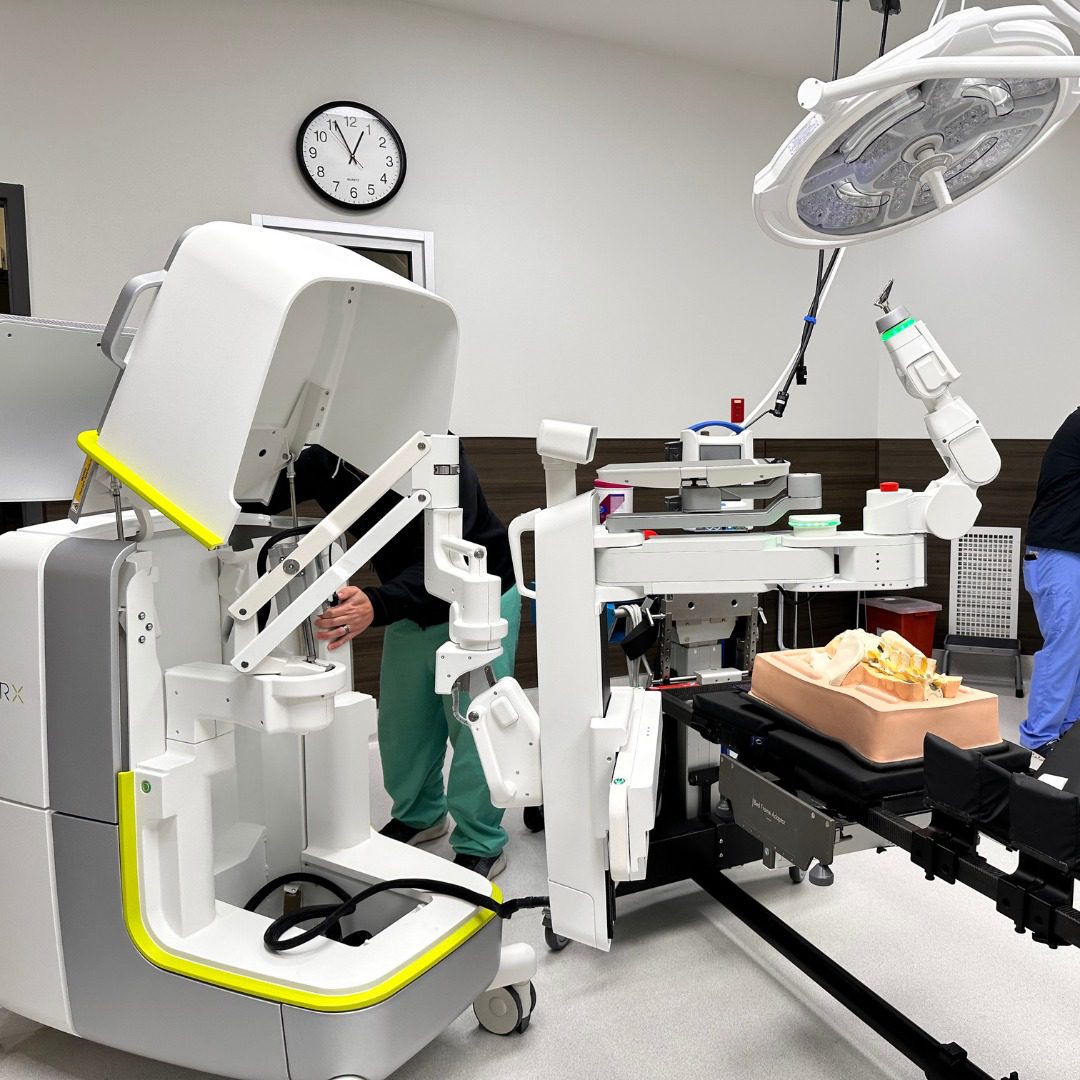Back pain is one of the most common medical complaints worldwide—affecting nearly 8 out of 10 adults at some point in their lives. From long hours spent sitting at desks to age-related degeneration, our modern lifestyles often take a toll on the spine. Fortunately, new technologies and treatment techniques are changing the way back pain is diagnosed, treated, and prevented.
At the center of this transformation are top-rated back doctors, professionals who combine advanced medical knowledge with state-of-the-art technology to help patients move better, feel stronger, and live pain-free.
Here’s how innovation is reshaping spinal health care—and what patients can expect from the next generation of back treatment.
The Evolution of Back Care: From Guesswork to Precision
Decades ago, back pain treatment was often based on generalized assumptions. Patients might receive medication or rest without truly understanding what caused their discomfort. Today, technology has changed everything.
Modern back doctors now rely on advanced imaging, 3D modeling, and digital diagnostic tools to pinpoint the exact source of pain. Tools like MRI diffusion imaging and motion analysis systems allow doctors to visualize how muscles, ligaments, and discs interact in real time.
This shift toward precision medicine means treatments can be tailored specifically to each patient’s anatomy, condition, and lifestyle—eliminating unnecessary procedures and improving outcomes dramatically.
When working with a trusted back doctor, patients receive care that’s rooted in data, accuracy, and innovation—not guesswork.
Minimally Invasive Procedures: Less Pain, Faster Recovery
One of the most exciting advancements in spine medicine is the rise of minimally invasive techniques. These procedures use smaller incisions, specialized instruments, and guided imaging to repair or stabilize spinal structures without large-scale surgery.
For patients, the benefits are enormous:
- Reduced scarring and tissue damage
- Shorter hospital stays (often outpatient)
- Faster recovery times
- Lower risk of complications
Common procedures like microdiscectomies, spinal decompressions, and laser-assisted fusions are now performed with exceptional precision. This allows patients to return to normal activity—sometimes within days rather than months.
By integrating robotics, endoscopy, and AI-guided navigation, top-rated back doctors are setting a new benchmark for what safe, effective spine surgery looks like in the 21st century.
Regenerative Medicine: Healing From Within
In addition to surgical innovation, regenerative medicine is revolutionizing how spinal specialists treat chronic pain. Techniques like platelet-rich plasma (PRP) therapy and stem cell injections are being used to promote natural tissue repair and reduce inflammation.
Unlike traditional pain management, which focuses on masking symptoms, regenerative treatments encourage the body to heal itself. Studies show that these therapies can significantly improve pain levels and function in patients with disc degeneration or soft tissue injuries.
This biological approach is part of a growing trend in spine care: blending science and nature to restore mobility and quality of life—without relying on long-term medication or invasive procedures.
Digital Health and Personalized Recovery
Recovery doesn’t stop after a procedure—it’s an ongoing process that requires guidance and consistency. That’s why many top-rated spine clinics are integrating digital health platforms into their care models.
Patients can now use smartphone apps, wearable sensors, and virtual consultations to track progress, monitor movement patterns, and stay connected with their medical teams. These innovations make post-treatment recovery more convenient and interactive than ever before.
Beyond technology, education plays a key role in maintaining spinal health. Vertrae’s educational resources—such as their article on 50 and up back exercises—help patients stay strong, flexible, and proactive in preventing future issues.
By pairing digital insight with accessible education, today’s back doctors are empowering patients to take control of their own long-term well-being.
Artificial Intelligence: The Future of Spine Diagnostics
Artificial intelligence (AI) has begun playing a powerful role in back pain diagnosis and treatment planning. Machine learning algorithms can now analyze thousands of patient cases, helping physicians identify subtle patterns in imaging scans that might be missed by the human eye.
This technology enhances early detection of disc disease, spinal stenosis, and degenerative joint conditions. AI is also helping doctors predict which patients are most likely to benefit from certain procedures, improving success rates and reducing unnecessary surgeries.
As AI continues to evolve, it will make spinal care even more precise, personalized, and predictive—giving patients a level of care that was once unimaginable.
The Human Touch: Technology With Compassion
While innovation is transforming spinal medicine, one thing remains constant: the importance of compassion. Top-rated back doctors don’t just focus on hardware, software, or surgical skill—they focus on people.
Pain affects more than just the body; it impacts emotions, relationships, and confidence. The best specialists combine cutting-edge science with genuine empathy, ensuring patients feel heard, supported, and empowered throughout their recovery journey.
This patient-first philosophy, combined with modern innovation, creates a powerful balance of trust and technology—a hallmark of today’s most advanced back care centers.
The Takeaway: A Smarter Path to a Healthier Spine
From AI-powered diagnostics to minimally invasive procedures and regenerative medicine, the future of back care has never looked brighter. Patients no longer have to settle for outdated treatments or long, painful recoveries.
By working with a top-rated back doctor, individuals gain access to personalized, science-driven care that prioritizes both short-term relief and long-term spinal health. These innovations aren’t just reshaping medicine—they’re restoring lives, one spine at a time.
Whether you’re managing chronic pain or simply want to strengthen your back as you age, the combination of advanced technology, education, and expert care ensures that your path to recovery is smarter, faster, and more effective than ever.





























